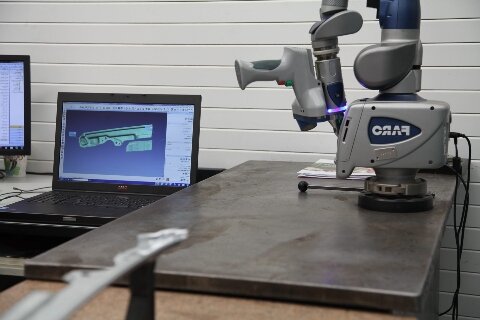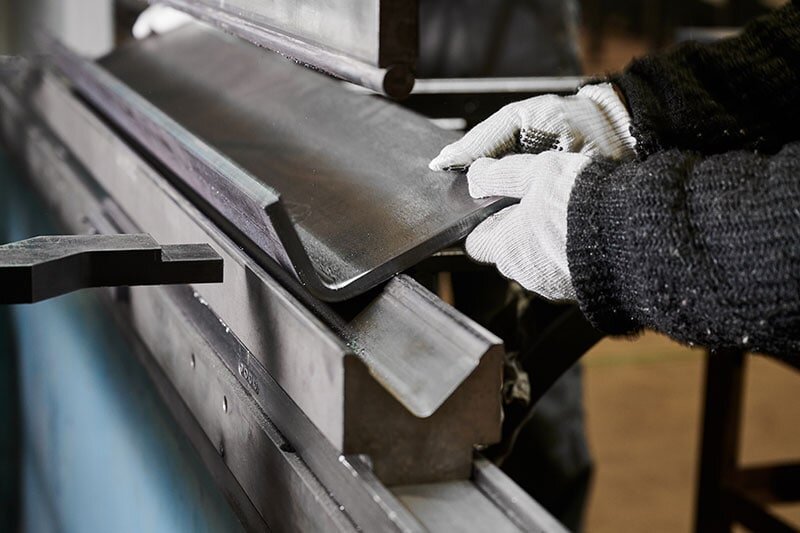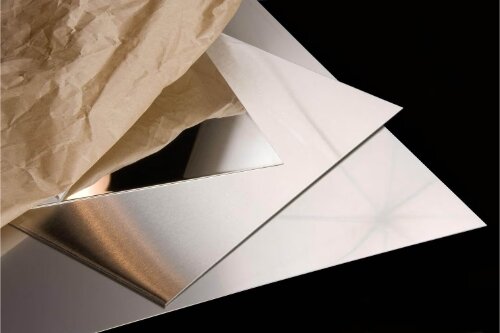Creating sheet metal brackets seems simple, but many engineers and designers face delays and cost overruns due to poor design choices and manufacturing issues. The right approach to bracket design and fabrication saves time, reduces waste, and ensures your parts work as intended.
Making sheet metal brackets involves three key steps: design planning, material selection, and manufacturing method choice. Each bracket needs precise measurements, appropriate material thickness, and suitable bend angles. The manufacturing process typically includes cutting, bending, and finishing operations.
This guide walks you through each stage of bracket manufacturing with practical tips from real manufacturing experience.
What are brackets, and how are brackets used?
Brackets are essential components that support, connect, or fasten objects together. These metal parts come in various shapes and sizes and are designed to withstand stress and hold objects in place. They’re often seen in applications where stability and secure attachment are required.
Common uses for sheet metal brackets include:
- Equipment mounting: Brackets secure machines, monitors, and lighting fixtures to walls or ceilings.
- Structural support: In buildings and heavy equipment, brackets transfer loads between beams, walls, and other components.
- Frame connections: Manufacturing lines and workstations join frame members at precise angles using brackets.
- Housing assembly: Electronics and appliances need internal brackets to mount circuit boards, motors, and other components.
How to Make a Sheet Metal Bracket?
Sheet metal brackets are versatile and widely used in various industries. Making one involves a few key steps. Let’s walk through the process.
Step 1: Design the Bracket
Start with a clear design. Use CAD software to create a 2D or 3D model. Think about the bracket’s purpose. Will it hold heavy loads? Does it need to fit into a tight space? Include holes for screws or bolts if required.
Step 2: Choose the Right Material
The material choice depends on the bracket’s use. Common options include stainless steel, aluminum, and carbon steel. Stainless steel is strong and resistant to rust. Aluminum is lightweight and easy to work with. Carbon steel is durable and cost-effective.
Step 3: Cut the Sheet Metal
It’s time to cut the metal once the design and material are ready. For precision, use a laser cutter, waterjet, or CNC machine.
Step 4: Shape the Metal
Bending is the next step. Use a press brake to create the desired angles. Follow the design closely to ensure the bends are accurate.
Step 5: Add Finishing Touches
Use a deburring tool to remove sharp edges. This prevents injuries and ensures a professional look. If needed, apply a surface treatment. Powder coating or anodizing can improve durability and appearance.

Common Types of Custom Sheet Metal Brackets
Custom sheet metal brackets come in various shapes and sizes to meet specific needs. Here’s a breakdown of the most common types and their uses.
Custom L-Metal Brackets
L-shaped brackets are the most common. They have a 90-degree angle and are used to connect two parts at a right angle. You’ll find them in furniture, shelves, and framing. They’re simple, strong, and easy to install.
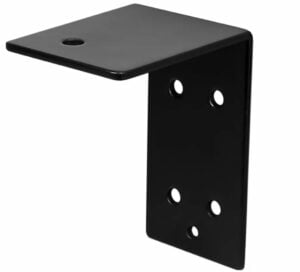
Custom Z-Shaped Metal Brackets
Z-shaped brackets have two 90-degree bends, creating a “Z” profile. They’re often used to connect two parallel surfaces that are offset from each other. These brackets are common in shelving, mounting systems, and industrial equipment.
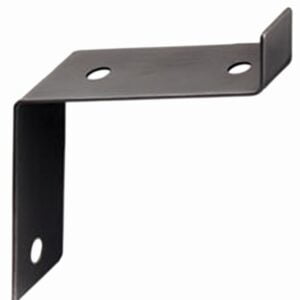
Custom U Metal Brackets
U-shaped brackets are designed to hold pipes, tubes, or rods. They’re often used in plumbing, automotive, and industrial applications. The open design makes them easy to install and remove.
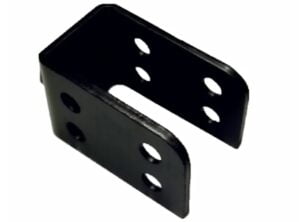
Custom Gusset Metal Brackets
Gusset brackets are triangular or rectangular pieces used to reinforce joints. They add strength to corners and connections in structures like frames, racks, and furniture, making them ideal for heavy-duty applications.
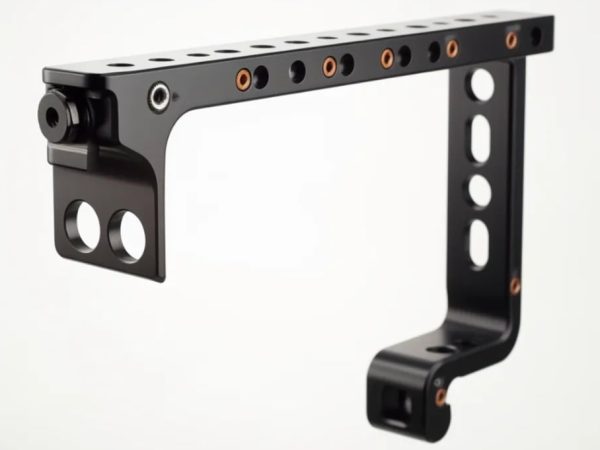
Custom Offset Metal Brackets
Offset brackets have bends that create a step or offset. They’re used when two surfaces need to be connected but aren’t aligned. These brackets are common in machinery, electronics, and automotive applications.
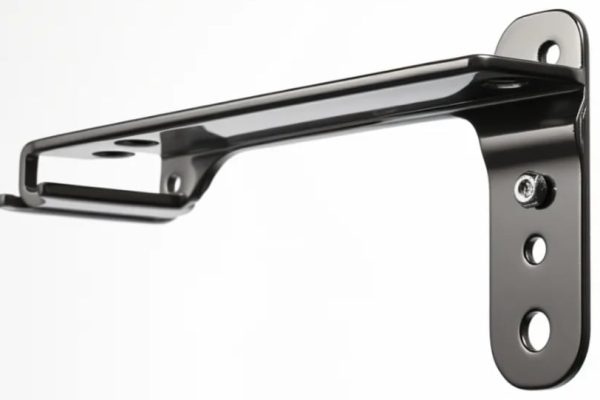
Custom Metal T Brackets
T-shaped brackets connect three parts at right angles. They’re often used in framing, shelving, and structural supports. The “T” design provides stability and strength.
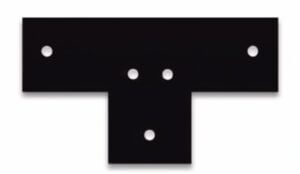
Custom Flat Metal Brackets
Flat brackets are simple, flat pieces of metal with holes for fasteners. They connect or reinforce flat surfaces and are common in electronics, signage, and lightweight structures.
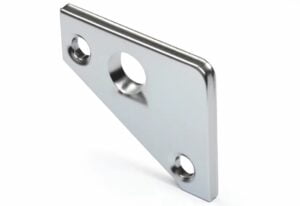
Custom Metal Tricorner Brackets
Tricorner brackets are designed for three-way connections. They’re often used in the corners of frames, cabinets, or furniture and support complex joints.
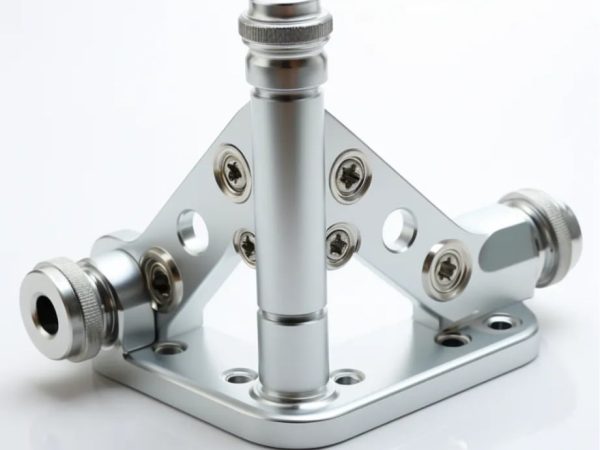
Selecting the Suitable Material for Custom Sheet Metal Brackets
Choosing the right material for custom sheet metal brackets is crucial. The material affects strength, durability, and performance. Here’s a guide to help you decide.
Custom Brass Brackets
Brass is a strong, corrosion-resistant material. It’s ideal for decorative brackets or applications where appearance matters. Brass brackets are often used in furniture, lighting, and architectural designs. They’re also easy to machine and polish.
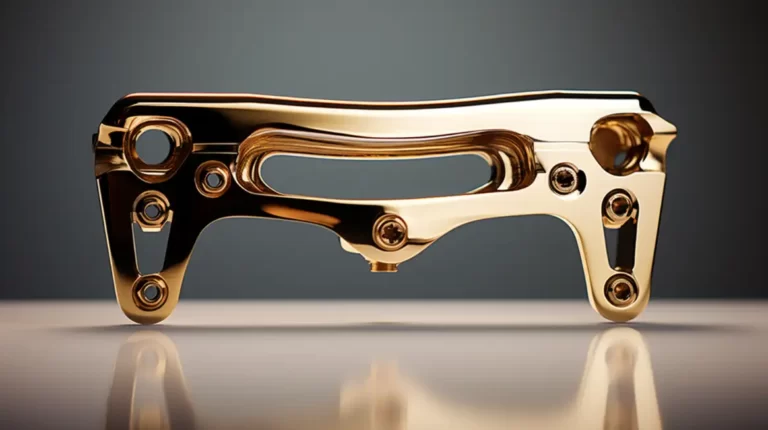
Custom Copper Brackets
Copper is known for its excellent conductivity and corrosion resistance. It’s often used in electrical and plumbing applications. Copper brackets are durable and have a distinctive look. They’re also easy to work with, making them a good choice for custom designs.
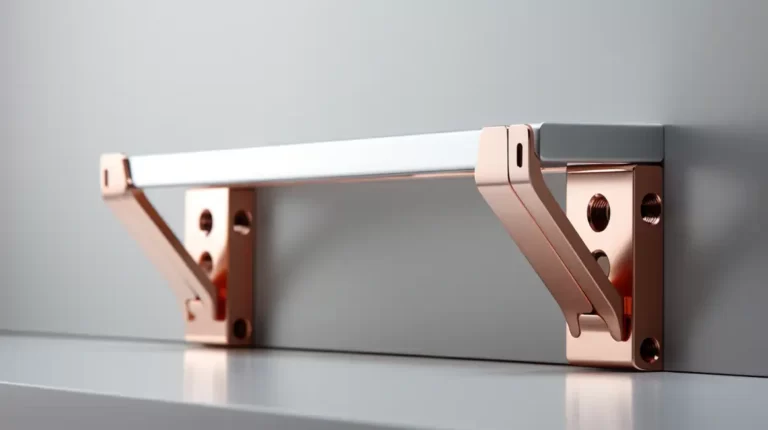
Custom Stainless Steel Brackets
Stainless steel is strong, durable, and resistant to rust. It’s perfect for outdoor or high-moisture environments. Automotive, marine, golf carts, and construction industries extensively use stainless steel brackets. They’re also easy to clean and maintain.
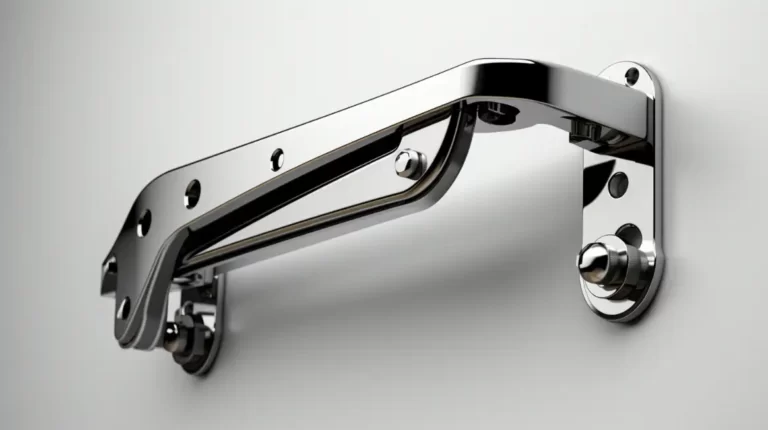
Custom Aluminum Brackets
Aluminum is lightweight and easy to work with. It’s resistant to corrosion and has a good strength-to-weight ratio. Aluminum brackets are often used in the aerospace, electronics, and automotive industries. They’re also cost-effective and can be anodized for added durability.
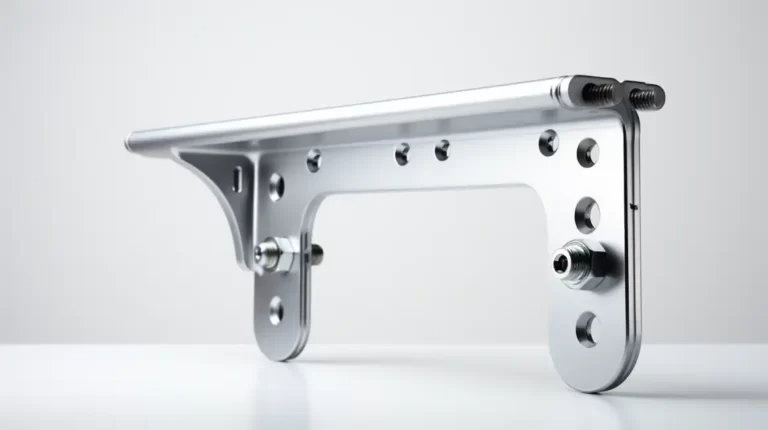
How to Design a Sheet Metal Bracket?
Every bracket design starts with good CAD software. Most brackets have a simple L-shape with a 90-degree angle. Depending on your metal choice, you can design angles up to 120 degrees. Thicker metals and less flexible materials limit your angle options.
Simple L-brackets work well with a brake press. U-brackets and Z-brackets need more planning. If one side is too long, the brake’s clamping bar might get in the way during the second bend. You should keep parallel sections short on the U and Z brackets.
Holes are a key part of bracket design. Metal brackets need pre-planned holes – you can’t just drill them like wood or plastic brackets during installation. You must know your fastener size before you design. This helps you make the right hole size in your design. Some projects need threaded holes when you can’t use nuts.
Welds can strengthen brackets, but they cost more to make. Try designing your bracket from one piece of metal first, which cuts down on extra welding costs. A good design balances strength, manufacturing limits, and cost.
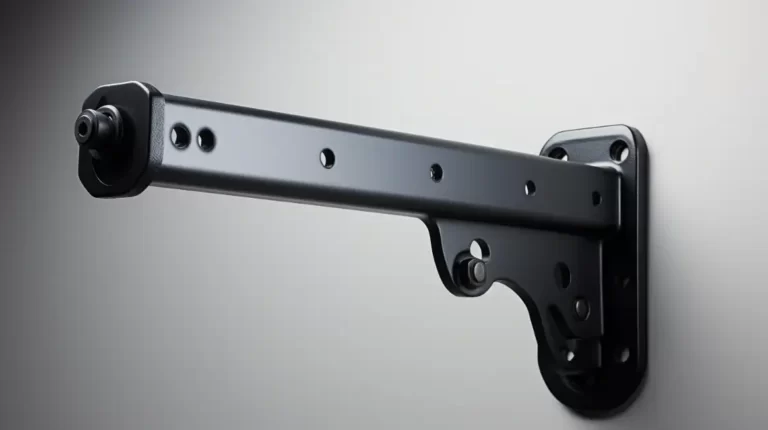
Conclusion
Sheet metal brackets are key components in countless applications, from basic mounting to complex structural support. Success in making these brackets depends on choosing the right design, material, and manufacturing methods.
Ready to start your sheet metal bracket project? Contact us today for a free quote and design review. Our engineering team will help you choose the right materials and manufacturing methods for your needs. We offer quick turnaround times and competitive pricing for prototypes and production runs.
Hey, I'm Kevin Lee

For the past 10 years, I’ve been immersed in various forms of sheet metal fabrication, sharing cool insights here from my experiences across diverse workshops.
Get in touch

Kevin Lee
I have over ten years of professional experience in sheet metal fabrication, specializing in laser cutting, bending, welding, and surface treatment techniques. As the Technical Director at Shengen, I am committed to solving complex manufacturing challenges and driving innovation and quality in each project.


